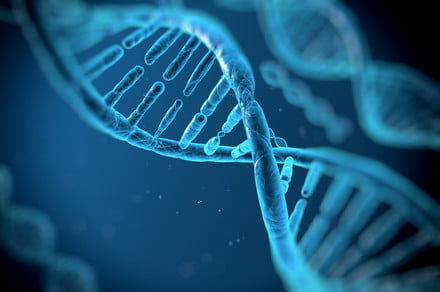Researchers at the University of Rochester in New York have developed a DNA computer that’s capable of performing square root calculations of numbers all the way up to 900. It’s an impressive demonstration of a new type of computer that, beyond simply sounding cool and science fiction, can actually do something useful. You know, like actual computing.
While it’s still early stages for the work, it hints at the possibility of one day being able to use DNA-based computers to perform calculations that are too challenging for current silicon-based computers.
A DNA computer is an approach to computing which uses DNA, biochemistry, and molecular biology hardware, rather than traditional silicon-based computer technologies. The DNA computer used in this project utilizes a process called hybridization. This happens when two strands of DNA attach to form double-stranded DNA.
“The prospect of programming molecular computing systems to realize complex autonomous tasks has advanced the design of synthetic biochemical logic circuits,” the researchers write in their abstract for a paper describing the work. “One way to implement digital and analog integrated circuits is to use noncovalent hybridization and strand displacement reactions in cell‐free and enzyme‐free nucleic acid systems. To date, DNA‐based circuits involving tens of logic gates capable of implementing basic and complex logic functions have been demonstrated experimentally. However, most of these circuits are still incapable of realizing complex mathematical operations, such as square root logic operations, which can only be carried out with 4-bit binary numbers.”
To carry out their square root calculation, the University of Rochester team encoded a number onto the DNA via a combination of 10 building blocks. Each of these combinations represented a number up to 900. These were attached to a fluorescence marker. The team was then able to change the fluorescent signal to correspond to the square root of the original number. This could be figured out by looking at the color.
“Yes, we are working on implementing more complex calculations [in the future],” professor Chunlei Guo, one of the key investigators on the project, told Digital Trends. “A key advantage of DNA computers is its superior parallelism that can handle extremely complex problems. With continuous developments, [DNA computers] may one day displace conventional computers in extremely complex computation.”

